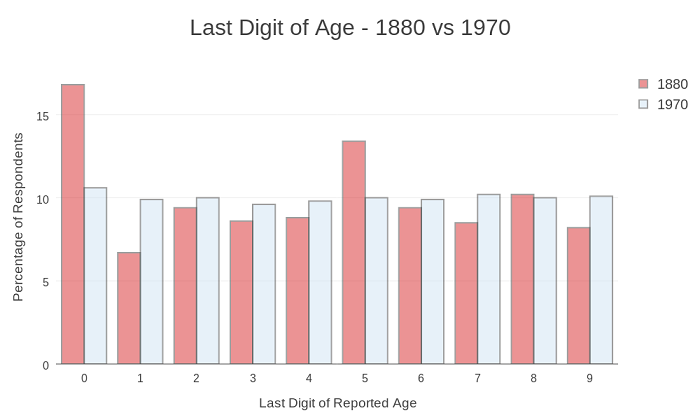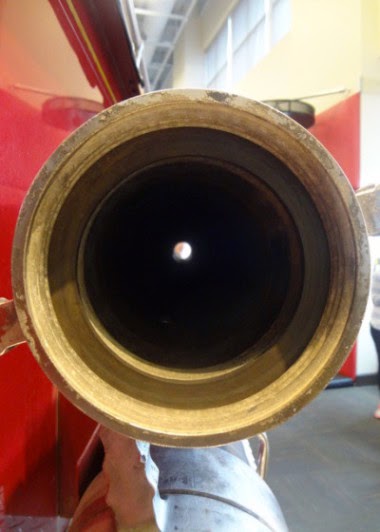5 of 5 Items .... Source: Mr. Honner
Problems, Questions, and Puzzles to spark discussion and argument in the maths classroom.
Navigation:
- by Course
- by Type
.... - Source: @yohakupuzzle
AFP
Akiyoshi Kitaoka
Aldo Bianchi
Alex Bellos
Alfie Kohn
Amanda Austin
Amie Albrecht
Avery Pickford
Ben Orlin
Benjamin Dickman
Bill Shillito
Bob Lochel
Bowman Dickson
Bryan Anderson
Catriona Agg
Cheesemonkeysf
Chris Lusto
Chris Luzniak
Cliff Pickover
Corbettmaths
Curmudgeon
Dan Anderson
Dan Draper
Dan Meyer
Dan Pearcy
Dave Richeson (@divbyzero
David Butler
David Marain
David Martin
David Wees
DESMOS
Don Steward
Dr. Pickle
Ed Southall
Elemental_41
Emma Bell
Erich Friedman
Fawn Nguyen
Five Triangles
Frank Noschese
Futility Closet
Gabriel Rosenberg
Grabarchuk
Grant Wiggins
Howie Hua
Illustrative Math
internet
James Pearce
James Tanton
Jeff Suzuki
Jennifer Wilson
Jo Morgan (@MathsJem)
Justin Aion
Kareem Carr
Kate Nowak
KHALID
Kiran Bacche
m4ths
Marco
Mary Bourassa
MathCirclesOz
MathedUp!
Mathshell
mathsjem
Matt Enlow
Megan Schmidt
Michael Pershan
Mike Lawler
Mr. Honner
Nathan Day
NCTM
Nob
NRICH
Numberphile
NYTimes
Pam Harris
Patrick Honner
PD
Poor Elijah
Quora
rawrdimus
Rhett Allain
Robert Kaplinsky
Sam Loyd
SAT
SKG
SolveMyMaths
StatSystem
Steve Phelps
Steve Wyborney
Steven Strogatz
Sunil Singh
T.R.Milne
Talking Numbers
Taylor Belcher
TickTockMath
TriangleMan
UKMT
UVM
Vi Hart
XKCD
. . . View This Fullsize
This question is from the NY Regents test, and discussed by Patrick Honner in his long-running series, "Are These Tests Any Good?"
Can your students find what is wrong with it?
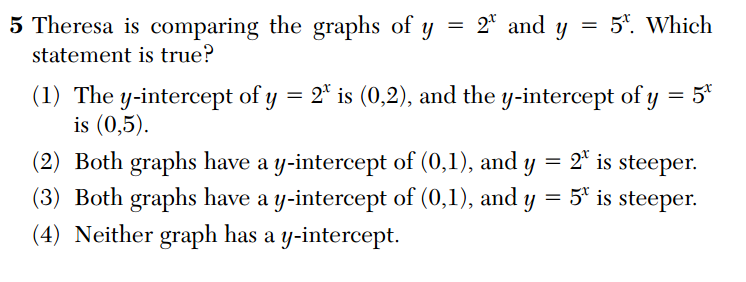
How should they fix it?
.: [ALG2], [Mr. Honner], [Find the Error].
. . . View This Fullsize
These questions are from the NY Regents test, and discussed by Patrick Honner in his long-running series, "Are These Tests Any Good?".
Can your students find what is wrong with them?
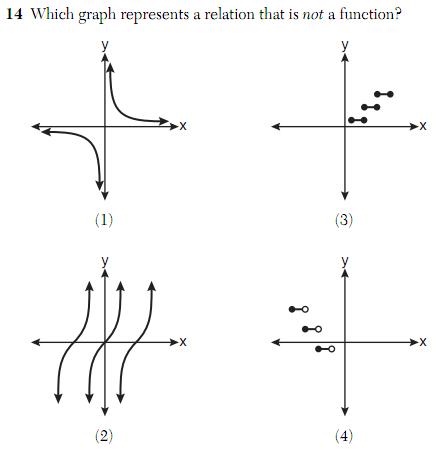
and
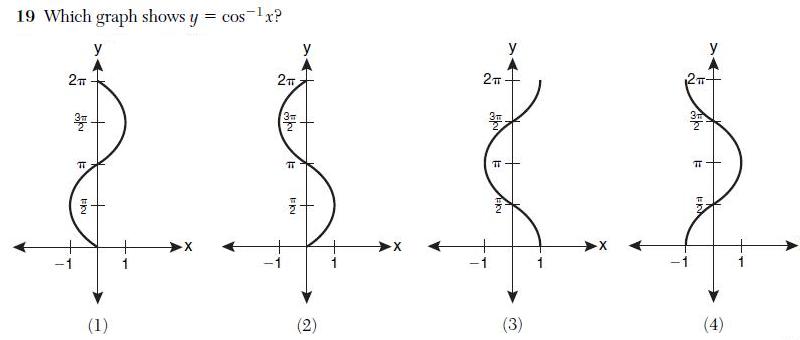
.: [ALG], [Mr. Honner], [Find the Error].
. . . View This Fullsize
Sayeth Mr Honner:
Patrick Honner: Hereís a fun little data set from a statistics textbook Iím reading.
3
These are the†distributions of†last digits of ages reported on the 1880 and 1970 US Censuses. At least two interesting questions come to mind, one with a seemingly easy answer.
What do you think his two questions are?
What other questions did you have?
What would the graph look like if we asked people for the ages of their parents?
.: [STATS], [Mr. Honner], [Notice, Wonder].
. . . View This Fullsize
I wonder if itís†possible to†find the angle between my sight-line and the central axis of the cylinder†by comparing the centers of the various circles?
I've got a hunch the relative size of the circles counts, too, but I haven't thought deeply about this yet.
.: [GEOM], [Mr. Honner], [The RealWorld].
. . . View This Fullsize
Why are coordinate axes perpendicular?
Do they have to be?
What if there are more than two dimensions?
My question of the day: what's so great about axes being perpendicular?
.: [ALG], [Mr. Honner], [What If].
